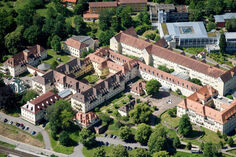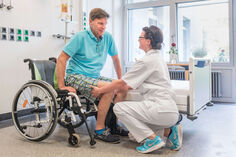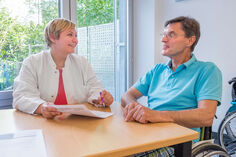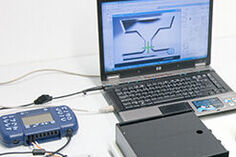Uncovering SCI induced neuropathic pain pathways
Chronic neuropathic pain is highly prevalent in patients with SCI but treatment options are very limited. Despite the characterization of structural changes in the spinal pain matrix in animal models of SCI, the causal relationship between these changes and pain remains unknown. We aim to address in mouse SCI models and in SCI patients the structural changes underlying chronic central neuropathic pain. Taking advantage of transgenic animals to specifically label, silence or activate subpopulations of spinal and sensory neurons. Thus, the contribution of neuronal subpopulations to aberrant plasticity and pain-related behaviors will be identified. Parallel studies in SCI patients will use neurological, neurophysiological and MRI imaging to examine similar parameters. In addition, studies in SCI mouse models and SCI patients will address the central question whether and how sensorimotor activation (rehabilitation and exercise) versus deprivation (immobilization) modulate spinal structural plasticity and neuropathic pain.
Part of the Pain SFB1158 Consortium (Heidelberg) and in collaboration with Dr. Frank Bradke (DZNE, University of Bönn, Germany)
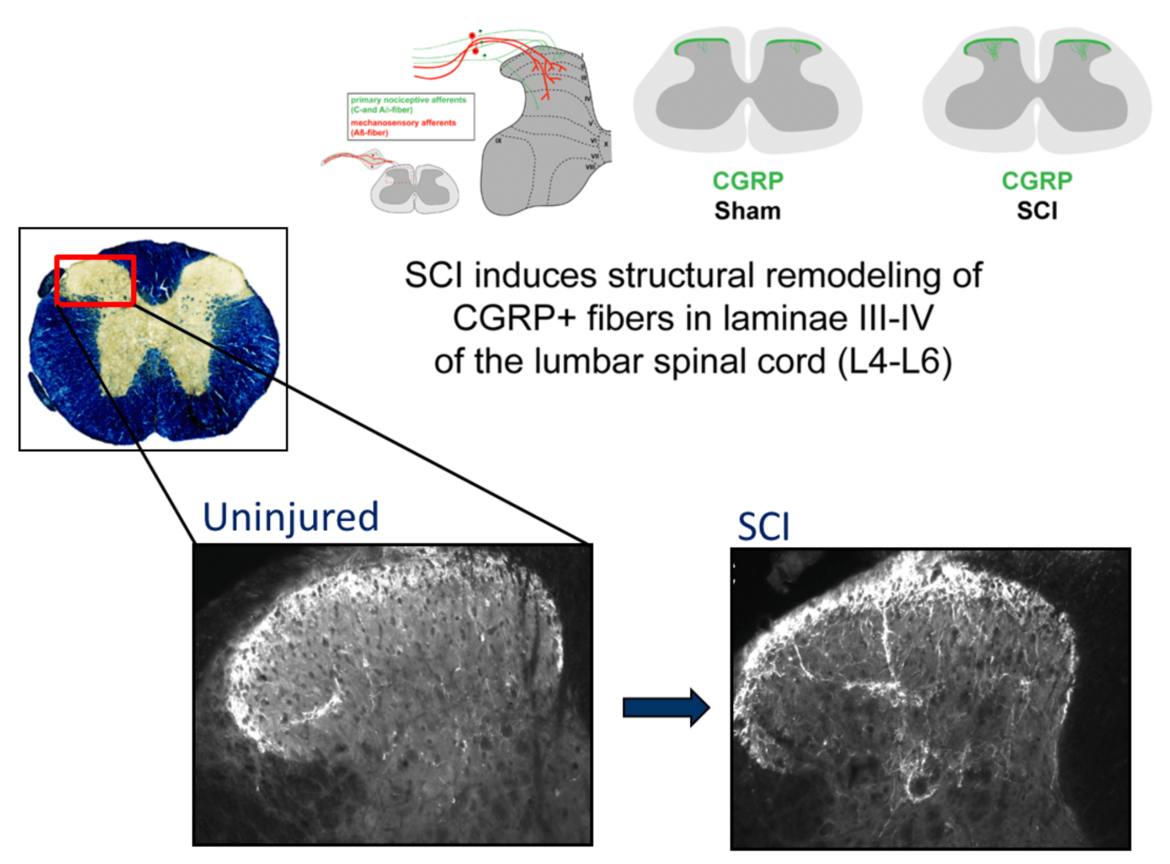
Aδ and C fibers were visualized with Calcitonin gene related peptide (CGRP) staining. Primarily terminating in Lamina I (Sham/Uninjured) these fibers are seen to grow into Lamina III-V following acute SCI. Sensorimotor training was found to prevent and reverse this effect when applied early or delayed after SCI.
Publications:
Sliwinski C., Nees T.A., Puttagunta R., Weidner N. and Blesch A. (2018) Sensorimotor Activity Partially Ameliorates Pain and Reduces Nociceptive Fiber Density in the Chronically Injured Spinal Cord. J Neurotrauma. Sep 15;35(18):2222-2238. Link to article.
Nees TA, Finnerup NB, Blesch A, Weidner N. (2017) Neuropathic pain after spinal cord injury: the impact of sensorimotor activity. Pain. Mar;158(3):371-376. Review. Link to article.
Nees TA, Tappe-Theodor A, Sliwinski C, Motsch M, Rupp R, Kuner R, Weidner N, Blesch A. (2016) Early-onset treadmill training reduces mechanical allodynia and modulates calcitonin gene-related peptide fiber density in lamina III/IV in a mouse model of spinal cord contusion injury. Pain. Mar;157(3):687-97. Link to article.
